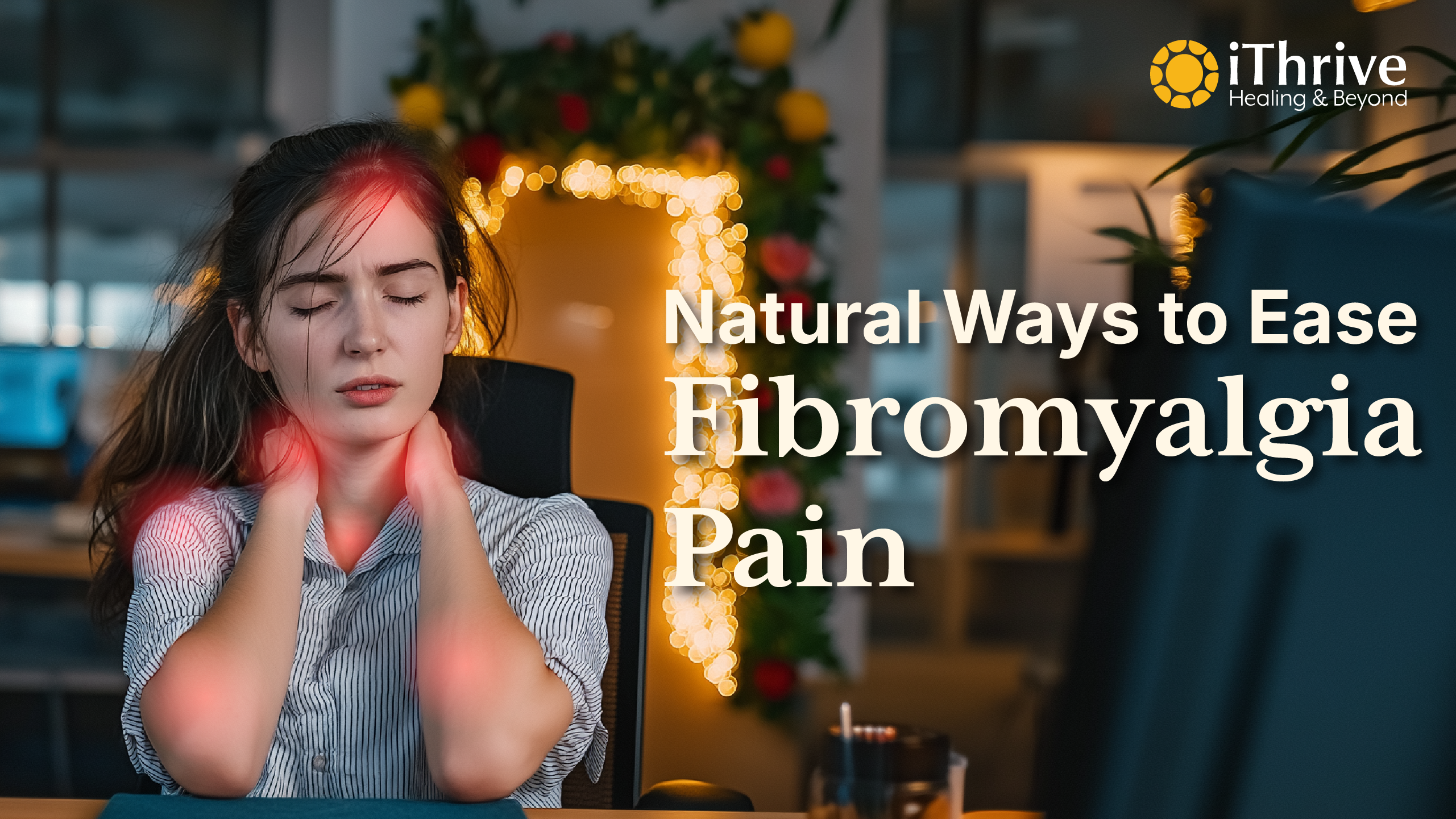Light is a fascinating phenomenon that is a fundamental part of human existence. Several biochemical and hormonal rhythms of our body are synchronised with the daily cycle of the light and dark.
In the last few decades, the conversation around light and health has become more complex with modern humans immersed in blue light throughout the day. It is not uncommon knowledge that blue light disrupts sleep, contributes to depression and can lead to headaches.
Modulating your exposure to blue light is an important aspect of taking care of your health. So, it is important to get a well-rounded perspective on blue light. In this article, we look at the different forms of blue light, the positives and negatives and how we can control our exposure to it.
What is blue light?
Light is a powerful tool that regulates several processes in our body from our vision to our mental and emotional health. There is both visible and non-visible light. Non-visible light includes ultraviolet and infrared light whereas visible light includes the whole spectrum of rainbow i.e. VIBGYOR, each colour representing a different wavelength.
Blue light is the wavelength of light with the highest energy in the visible spectrum. It is also the one that has the strongest impact on our physiology and circadian rhythm because certain receptors in our skin and retina react to this wavelength. There are two kinds of blue light - one is the natural light emitted by the sun, while the other is artificial and comes from LED lamps and digital displays.
Natural v/s artificial blue light
Natural blue light that is a part of daylight is accompanied by a balance of other wavelengths that includes infrared, red, yellow, orange and UV wavelengths. The balance of these colours fluctuates in proportion through the day. For instance, in the morning there is less blue light and more red and infrared, then in the afternoon there is more blue light and UV.
As the sun sets, there is more red and infrared again. This interplay between different wavelengths helps regulate our circadian rhythm i.e. the sleep-wake cycle. As per an evolutionary point of view, our body has adopted this natural internal clock that is closely connected to light. Natural light wakes you up in the morning and post sunset in the absence of light our body prepares itself in a way to facilitate sleep. Apart from this, the circadian rhythm also affects our cognition, blood pressure, immune system and metabolism.
Now, in a time where most of us are with digital screens throughout the day, we are constantly exposed to artificial blue light. We are exposed to an unhealthy amount of blue light through the day and also after sunset – confusing the natural clock inside our bodies. As a result, these high and unnatural doses of blue light are likely to cause damage when absorbed by various cells in our body. Let’s take a closer look at how different forms of blue light actually affect our bodies.
Positive Effects of Blue Light
- Enhanced Mood and Alertness
You are mostly exposed to natural blue light through the sun. Exposure to blue light during daylight hours has been associated with cortisol and serotonin production. These chemicals improve your mood and have an antidepressant effect. It helps regulate our internal clock, promoting wakefulness and productivity.
- Seasonal Affective Disorder (SAD) Treatment
Seasonal affective disorder or SAD is characterized by depressive symptoms during specific seasons, and is believed to be linked to changes in light exposure. Multiple studies have reported that blue light therapy (exposing subjects to blue light at specific time of the day) positively affected the subjects prone to Seasonal Affective Disorders (SAD).
- Improves Sleep Disorders
Subjecting yourself to blue light during the day will help your body maintain your circadian rhythm ,which will ensure you have a good night’s sleep. Exposure to blue light at specific times is a widely used treatment for sleep disorders.
Negative Effects of Blue Light
- Disrupted Sleep Patterns
As mentioned earlier, our body reacts to light and the absence of it. When the sun sets, our body releases a chemical called melatonin which helps you fall asleep. In a study conducted in 2018, scientists reported that exposure to artificial blue light post sunset, especially at night, hinders the production of melatonin which consequently disturbs your sleep cycle.
- Impact on Mental Health
Constant exposure to blue light at night completely disrupts the circadian rhythm, promoting sleeplessness and sustaining alertness throughout the night. This evidently increases symptoms of anxiety and depression. It has been reported that 3/4th of people with depression have sleep disorders. It also raises the production of hormones such as cortisol, adrenaline, dopamine, and serotonin, imbalances in all of them are linked to many mental health conditions.
- Digital Eye Strain
Extended screen time can cause digital eye strain, characterized by symptoms like headaches, dry eyes, and blurred vision. This physical discomfort can indirectly affect mental well-being by contributing to irritability and stress.
Precaution against harmful effects of blue light
- Exposure to Natural Light During Daytime
Natural light (sunlight) has the necessary blue light that you should be exposed to at daytime along with the low energy reds and yellow that has a soothing effect on you. It also helps you maintain your circadian rhythm, improves your mood, and helps you focus better.
- Blue Light Filters
As mentioned before, blue light has many advantages but only if received naturally. Blue lights from digital devices are harmful when and exposure to them must be modulated. Many devices now have inbuilt blue light blockers. But for further protection you can use yellow screen glasses during daytime and red glasses after sunset. Another way to relax and block blue light in the evenings is to use blue light blocking lights and incandescent bulbs at home rather than the common white lights.
- Limit Screen Time Before Bed
Nothing helps blocking blue light better than eliminating the source itself. Establishing a digital curfew and avoiding screens for at least an hour before bedtime can contribute to better sleep hygiene.
- Dark Sleep environment
Completely cut off any inadvertent blue light exposure while sleeping by investing in good black out curtains or using an eye mask.
As we navigate the digital landscape, understanding the implications of blue light on our mental and physical health is crucial. While it serves as a valuable tool in enhancing alertness and mood during the day, it's equally important to manage our exposure, especially in the evening. By adopting healthy habits and incorporating technology responsibly, we can strike a balance that promotes both our well-being and digital lifestyles.
References
- Seth, R., & Dave, S. (2022, October 12). Your new eyeglasses might be making you depressed. Functional Nutrition | iTHRIVE. https://www.ithrivein.com/blog/your-new-eyeglasses-might-be-making-you-depressed
- Chindarkar, M., & Dave, S. (2023, January 26). EMF, Bluelight and circadian Rhythm. Alive | iTHRIVE. https://www.ithrivein.com/blog/emf-bluelight-and-circadian-rhythm
- Ebbett, D. (2020, August 11). What are the Blue Light effects on mental health? BlockBlueLight. https://www.blockbluelight.com/blogs/news/blue-light-mental-health
- Sleep Foundation. (2024, January 12). Blue Light: What it is and how it affects sleep. https://www.sleepfoundation.org/bedroom-environment/blue-light
- Emilia. (2021, November 3). 7 health benefits of Blue Light therapy + side effects. SelfDecode Health. https://health.selfdecode.com/blog/blue-light-therapy-benefits/
- Gordijn, M. C. M., Mannetje, D. ’., & Meesters, Y. (2012). The effects of blue-enriched light treatment compared to standard light treatment in seasonal affective disorder. Journal of Affective Disorders, 136(1–2), 72–80. https://doi.org/10.1016/j.jad.2011.08.016
Subscribe to our newsletter and receive a selection of cool articles every week




.png)


.webp)

.jpg)


.webp)
.webp)

